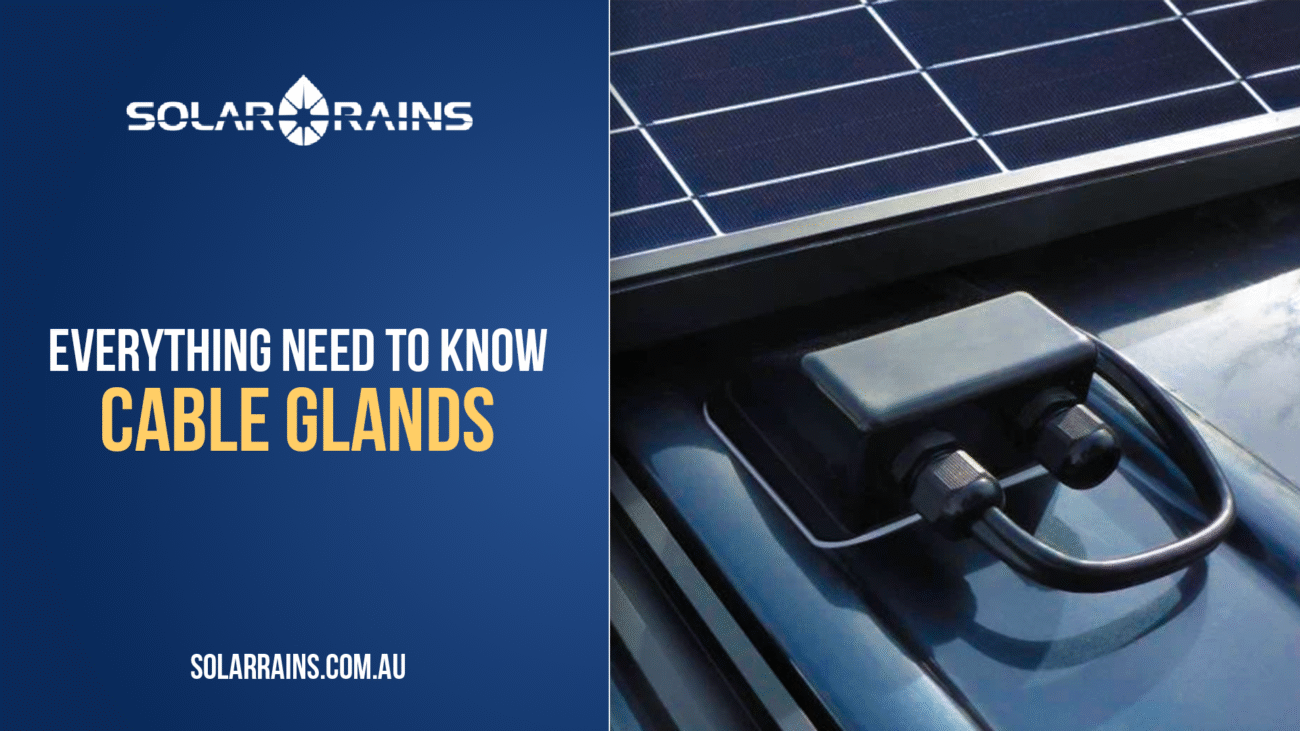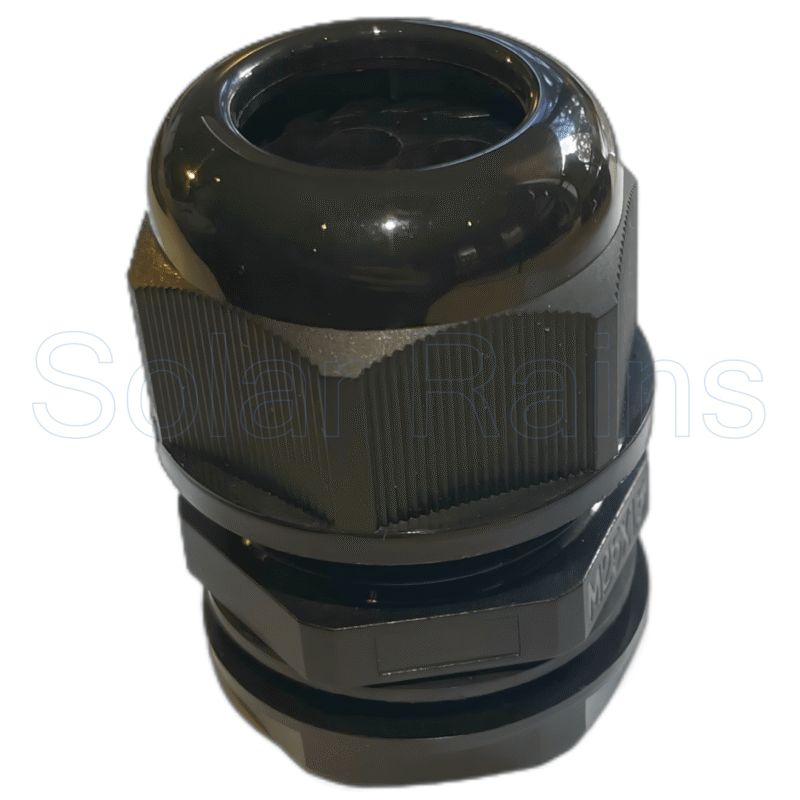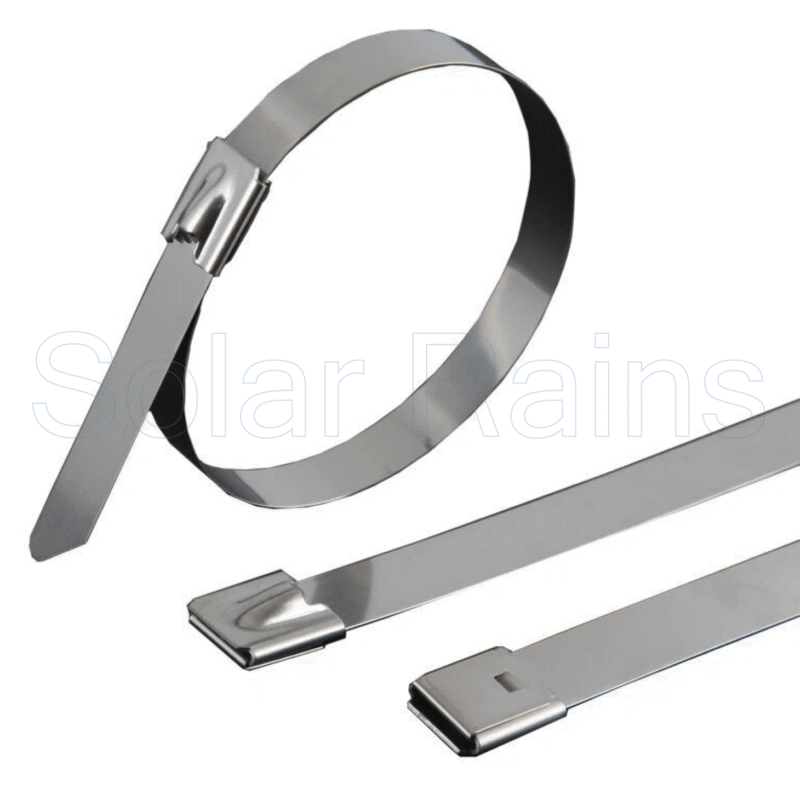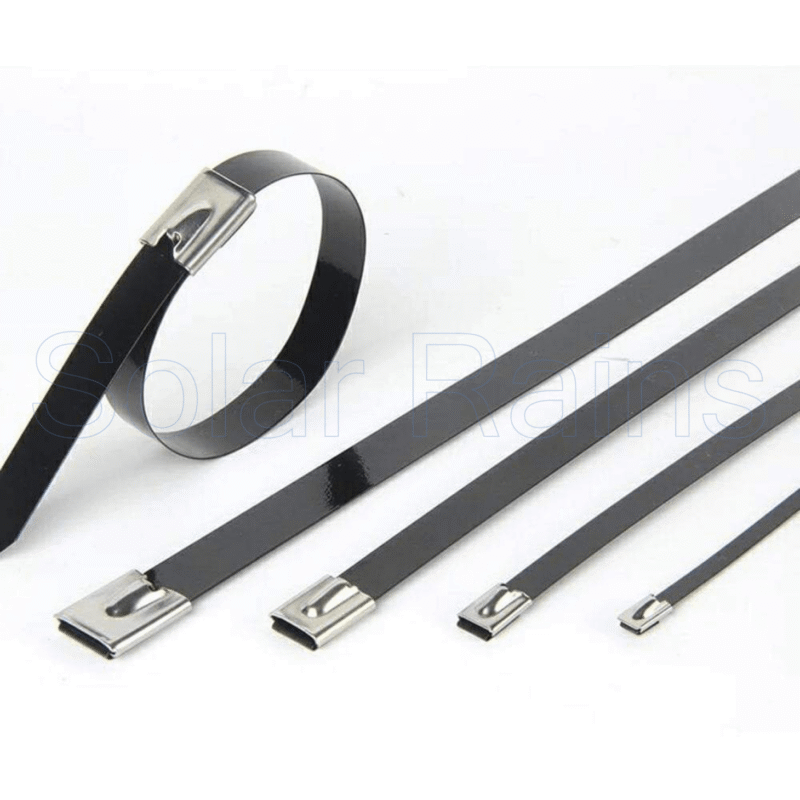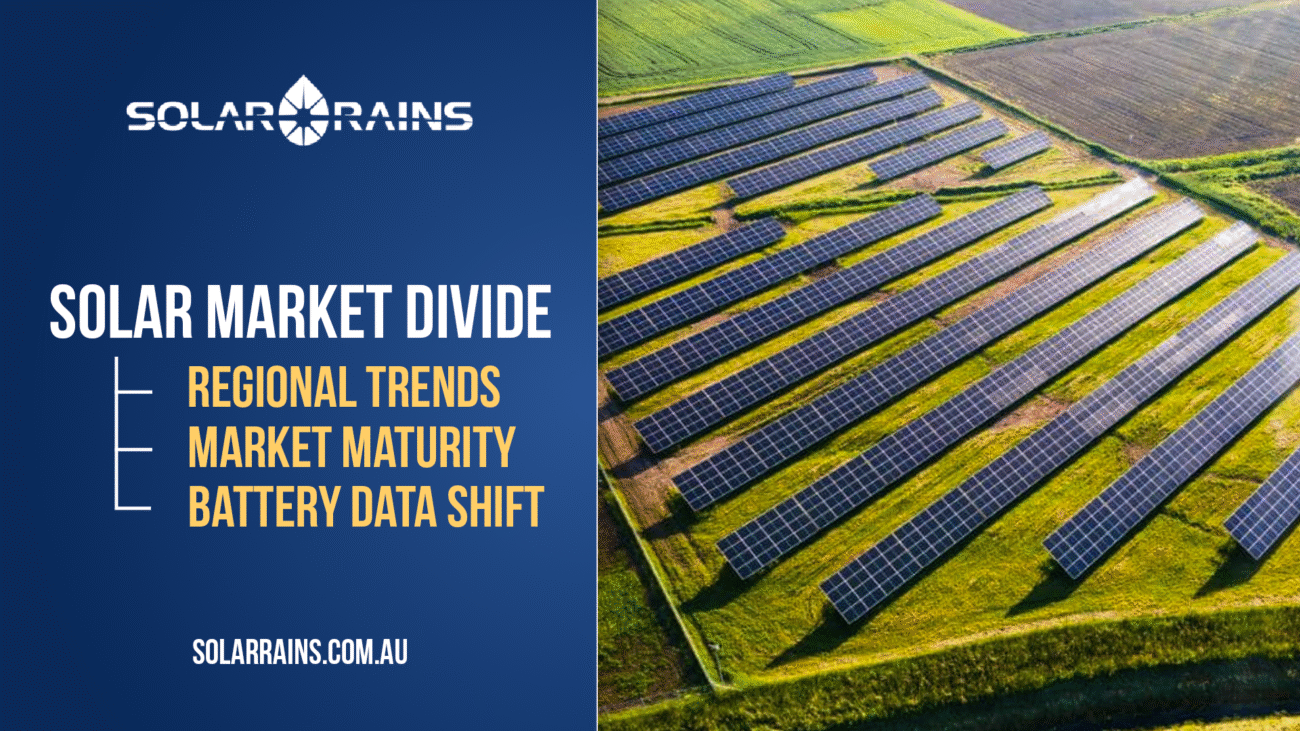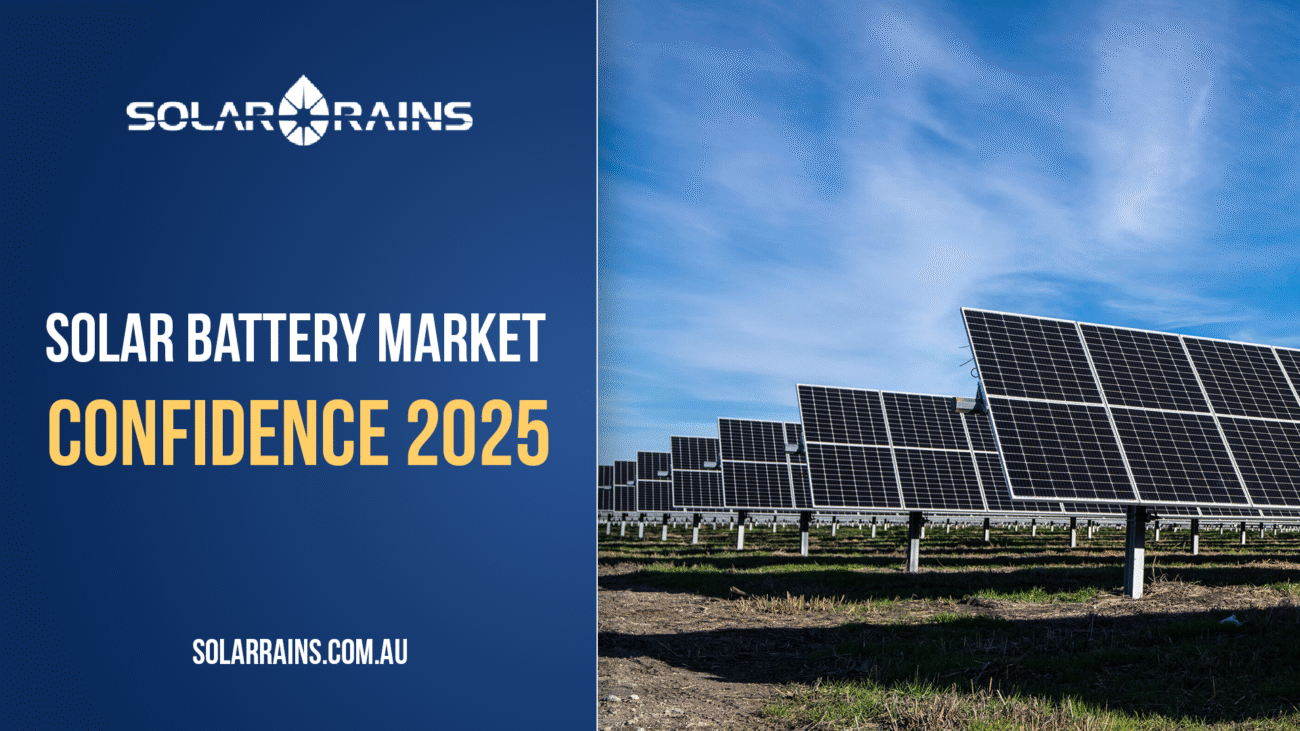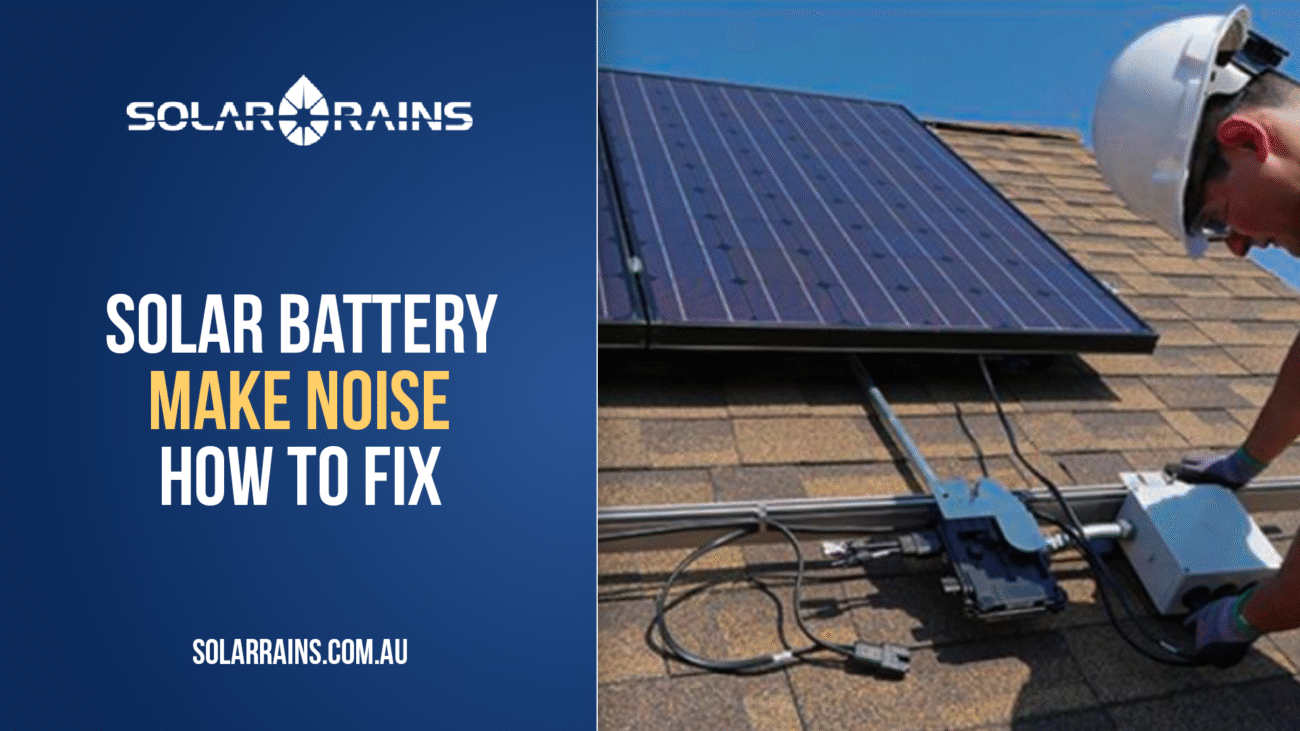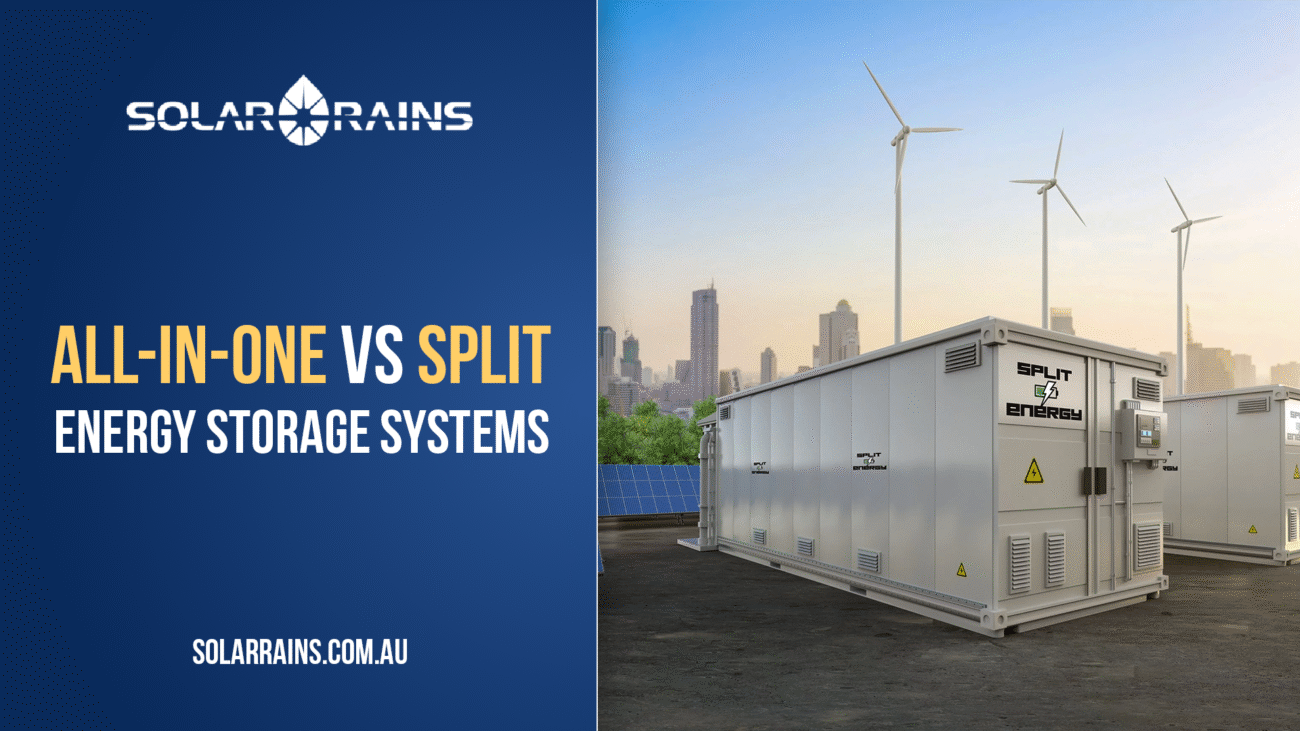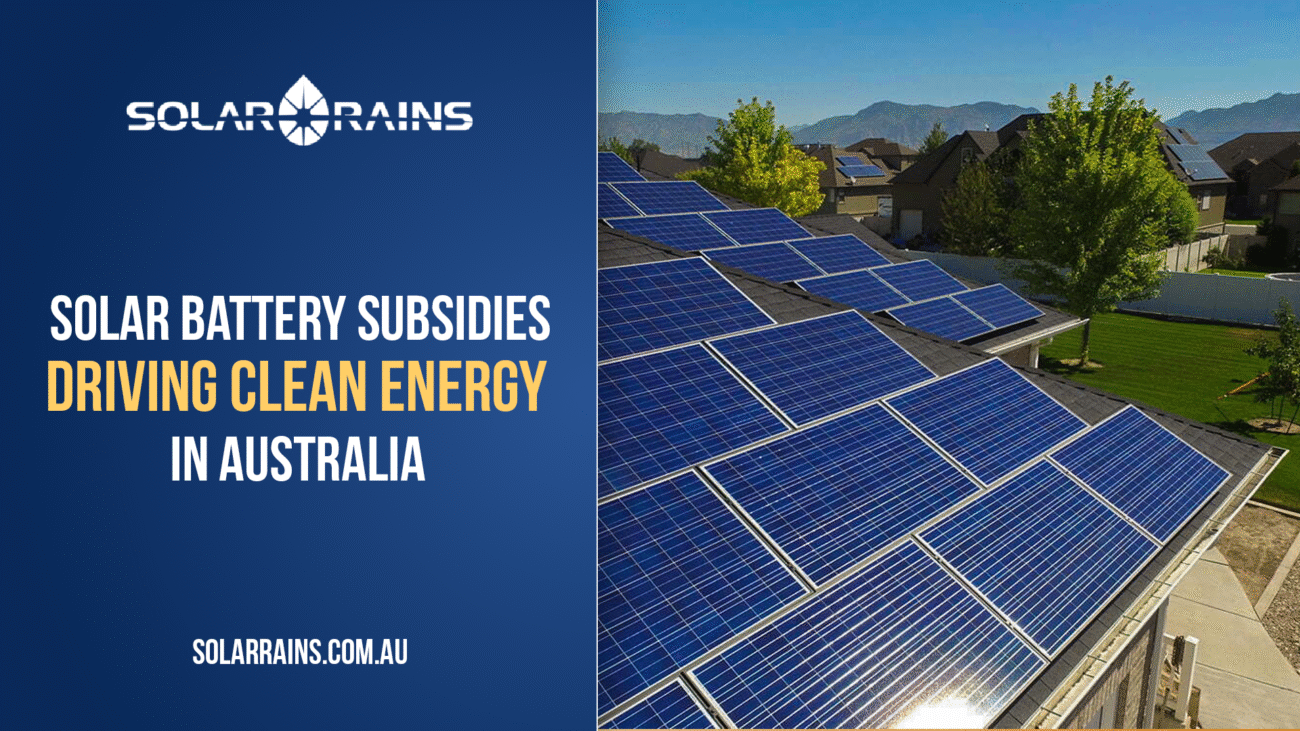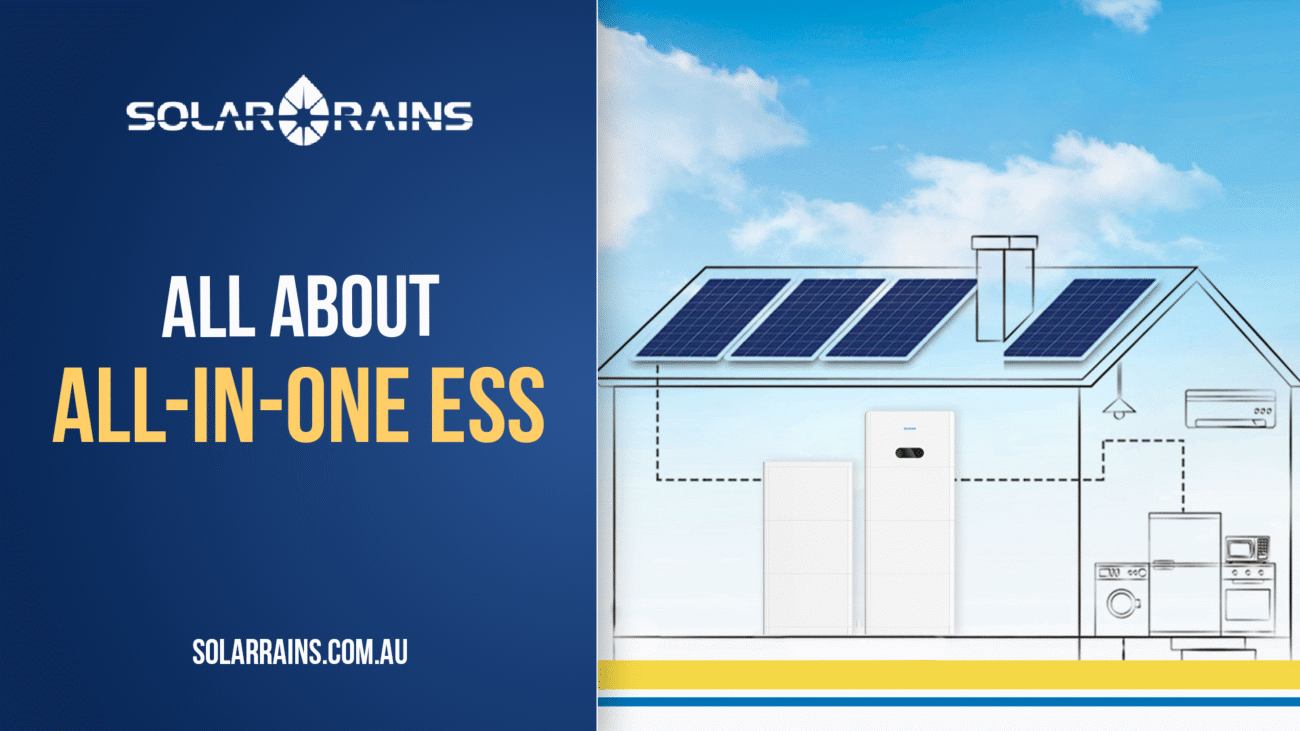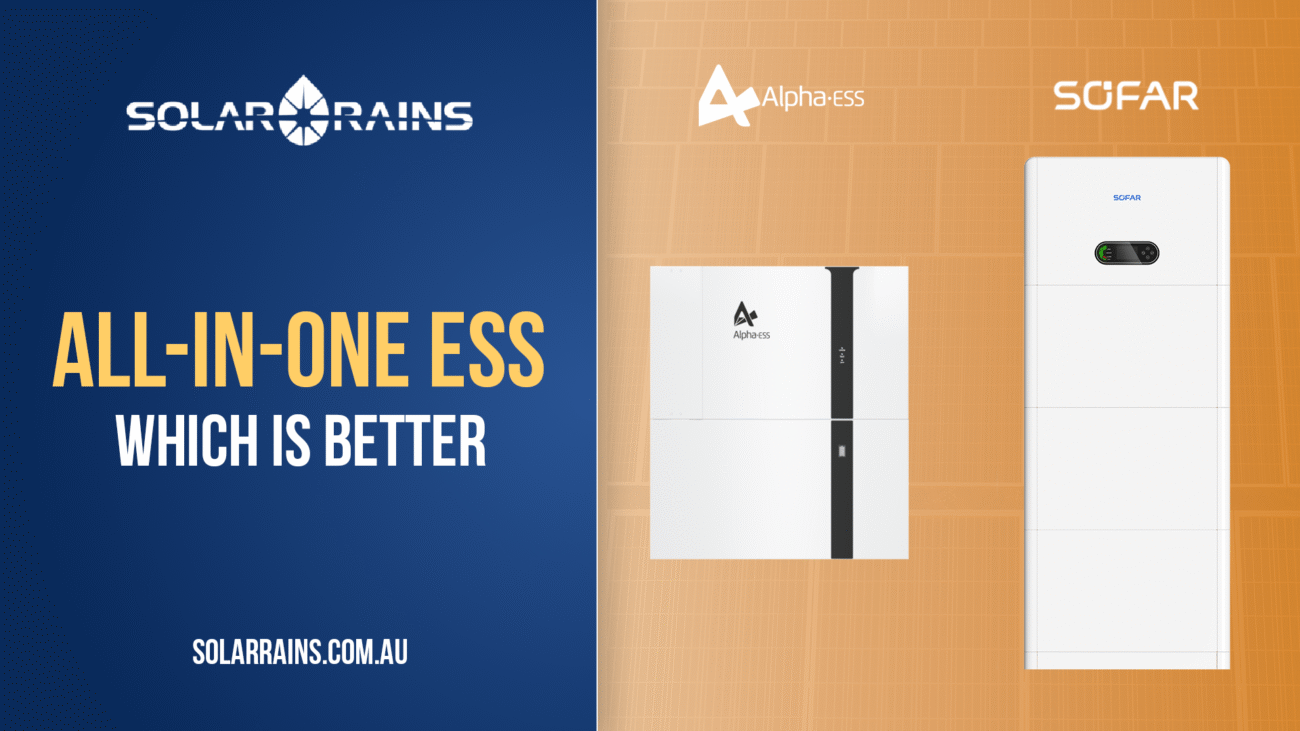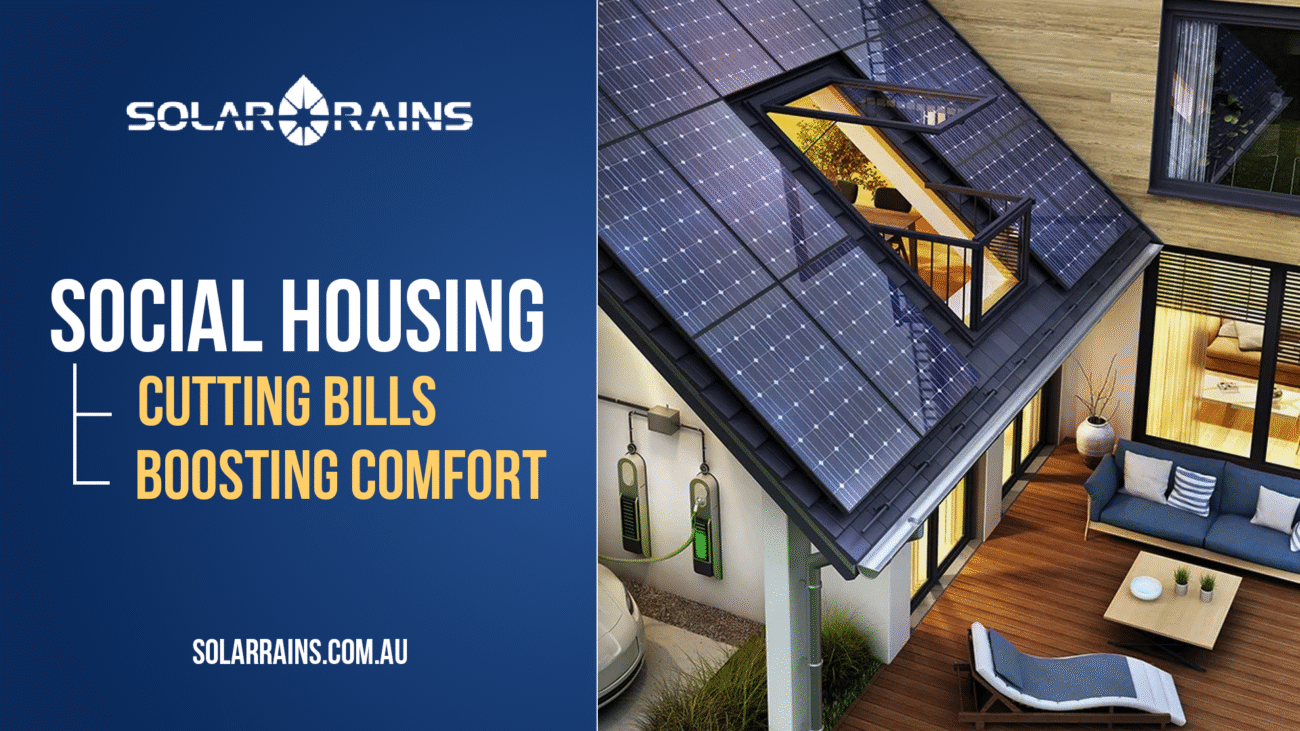Why Cable Glands Matter in Solar Installations
When it comes to building reliable, long-lasting solar power systems, most people focus on panels, inverters, or batteries. However, small components like cable glands play a crucial role in the long-term safety and performance of your system.
Cable glands ensure that solar cables are properly sealed, strain-relieved, and protected from dust, water, and vibration. In an outdoor environment like rooftop or commercial solar setups, poor cable management can lead to water ingress, electrical shorts, and even fire hazards.
In this guide, we explain what cable glands are, why they matter, how to choose the right one for your system, and best practices for using them in solar installations.
What Is a Cable Gland?
A cable gland is a mechanical device used to secure and seal the end of an electrical cable where it enters a piece of equipment. It helps maintain the enclosure’s ingress protection rating (e.g. IP66 or IP68) and ensures that the connection remains stable over time.
Types of Cable Glands
There are several types of cable glands, depending on the application:
- Plastic Cable Glands (e.g., Nylon, PA66) – Ideal for rooftop or residential solar use.
- Metal Cable Glands (e.g., Brass, Stainless Steel) – More durable, used in heavy-duty or high-temperature conditions.
- Multi-Hole Cable Glands – Allow multiple cables to pass through a single entry point.
Recommended product: M20 & M25 Multi-hole Insert Cable Gland – Solar Rains
These multi-hole glands are perfect for combiner boxes, DC isolator enclosures, or junction boxes where you want to minimize the number of penetrations on the surface.
Why Are Cable Glands Essential for Solar Projects?
Waterproofing
Rooftop solar systems are exposed to rain, UV radiation, and condensation. A well-installed cable gland ensures that no water enters your combiner box, inverter housing, or battery enclosure—preserving safety and electrical insulation.
Strain Relief
Cables expand and contract due to temperature changes or wind movement. Cable glands prevent undue strain on terminals, which reduces the risk of loose connections or premature failure.
Dust and Particle Protection
For commercial installations or remote locations (e.g., farms or construction sites), dust ingress is a real concern. Cable glands with dust seals maintain clean and safe internal environments.
Fire & Safety Compliance
Australian standards (AS/NZS 5033:2021) require solar installations to be weatherproof and properly protected. Cable glands are part of the compliance ecosystem, especially for systems above 600V.
Cable Routing & Organisation
With proper gland usage, cable entry points remain neat, separated, and easy to manage. This simplifies maintenance and inspection, especially for large-scale solar power suppliers or installers.
Application in Rooftop & Commercial Solar Systems
In a residential rooftop system, cable glands are often used where PV cables enter:
- The DC isolator
- Combiner boxes
- The inverter housing
- Junction boxes on the roof or in the garage
For commercial solar products, especially in systems above 30kW, cable glands become even more important due to:
- Larger conductor sizes
- Higher voltages and currents
- External weather exposure
- More complex system layouts
Businesses should use industrial-grade cable glands from verified solar product wholesale suppliers like Solar Rains.
How to Choose the Right Cable Gland
Cable Size & Entry Diameter
Cable glands are rated by thread size (e.g., M16, M20, M25) and cable diameter range. Always measure the outer diameter of your cable (including insulation) before selecting a gland.
Tip: For solar DC cables like 4mm² or 6mm², M20 or M25 glands are typically suitable.
Material Selection
- Nylon/PA: UV-stabilised and lightweight, ideal for rooftop installations.
- Brass or Stainless Steel: Use in industrial, high-heat, or marine environments.
Ingress Protection (IP Rating)
Look for IP66 or IP68 rated glands to ensure resistance to water, dust, and long-term exposure.
Thread Type
Metric threads (M20/M25) are common in Australia. Always match the thread type to the equipment you’re installing into.
Special Features of Cable Gland
Some advanced cable glands come with:
- Internal strain relief inserts
- Grommets with tapered sealing
- Fire retardant coatings
Always buy from certified solar suppliers who meet AS/NZS standards.
Installation Tips for Solar Installers
- Don’t overtighten: Follow the manufacturer’s torque specs to prevent cracking or deformation.
- Seal with UV-grade silicone: If installed in a sloped roof or exposed box, apply a waterproof sealant.
- Avoid twisting cables: Route the cable straight through the gland without sharp bends.
- Label cables clearly: Use heat-shrink or tags for future maintenance and inspection.
- Use cable ties/clips: Prevent vibration wear by securing cables along their length with nylon cable ties.
FAQs
It secures the cable and provides a waterproof seal at entry points to electrical enclosures. It also reduces strain on terminals and prevents dust or insect ingress.
No. Only those rated IP66 or higher are considered waterproof. Check the label or spec sheet before purchase.
Yes, multi-hole cable glands like those offered by Solar Rains can handle 2–4 cables in one unit, which reduces surface penetrations.
At least every 6–12 months, or after severe weather events. Look for cracks, loose fittings, or signs of moisture.
Yes, if you’re a certified electrician or trained installer. Otherwise, use a licensed contractor incorrect installation can void warranties.
Visit Solar Rains’ cable gland range for IP-rated, UV-resistant options fit for rooftop and commercial solar.
Metal glands offer better EMI shielding and durability but are heavier and more expensive. Plastic is cheaper, corrosion-resistant, and sufficient for most solar rooftops.
It’s not recommended. Over time, seals degrade and threads wear out. Always replace cable glands during system upgrades.
Conclusion & Actionable Advice
While often overlooked, cable glands are critical for the longevity and safety of your solar power system. They prevent water ingress, reduce strain on cables, and help systems meet Australian safety standards.
Whether you’re managing a small home system or a large-scale solar project, using the right cable glands from a reputable solar product supplier will help your installation last longer and perform better.
Need help choosing the right cable gland size or model? Reach out to the Solar Rains team for free consultation & tailored recommendations.

